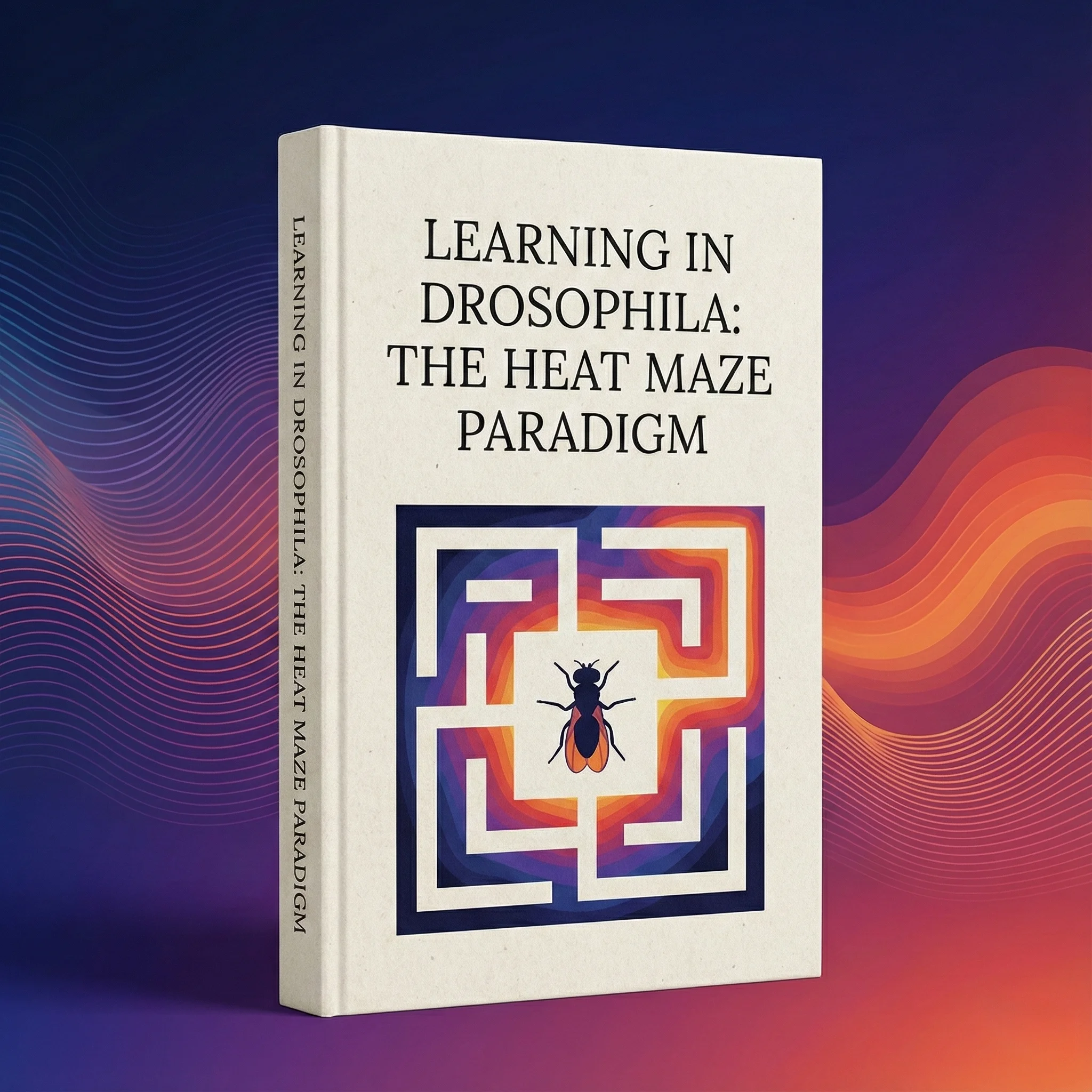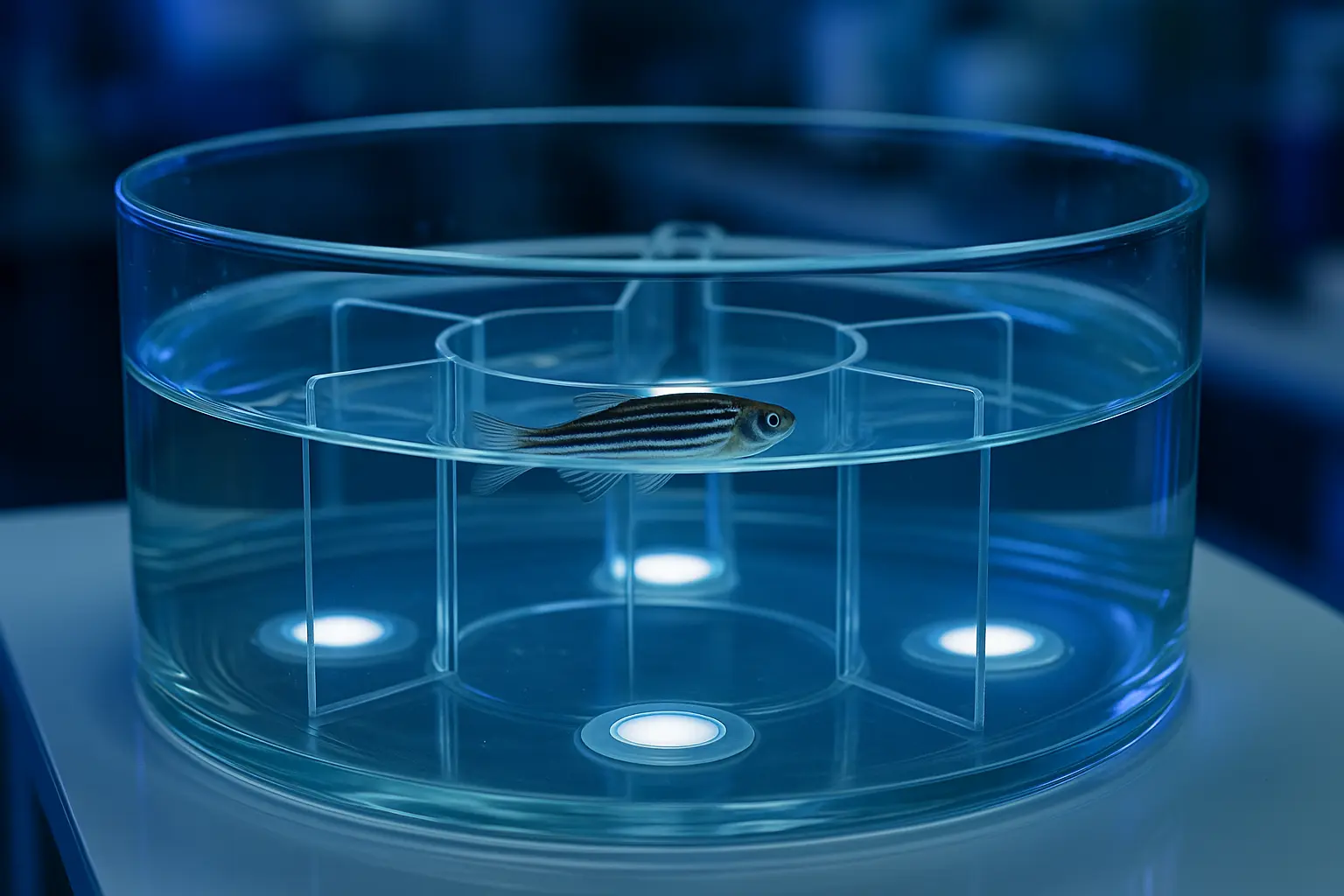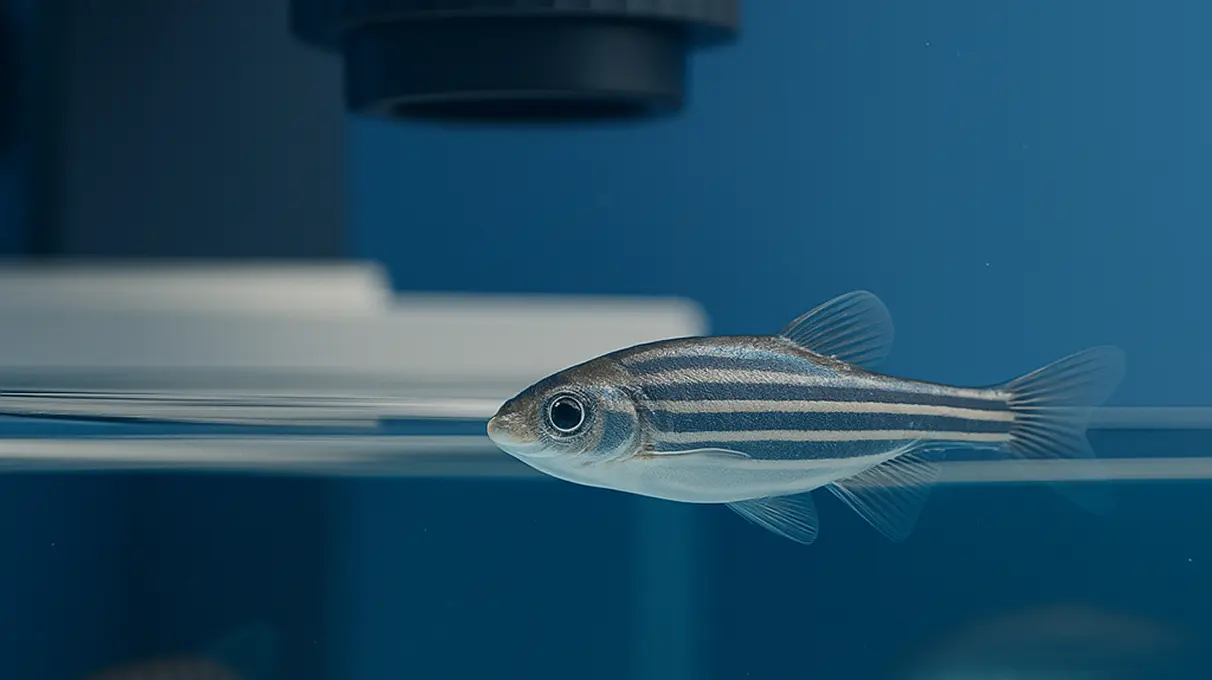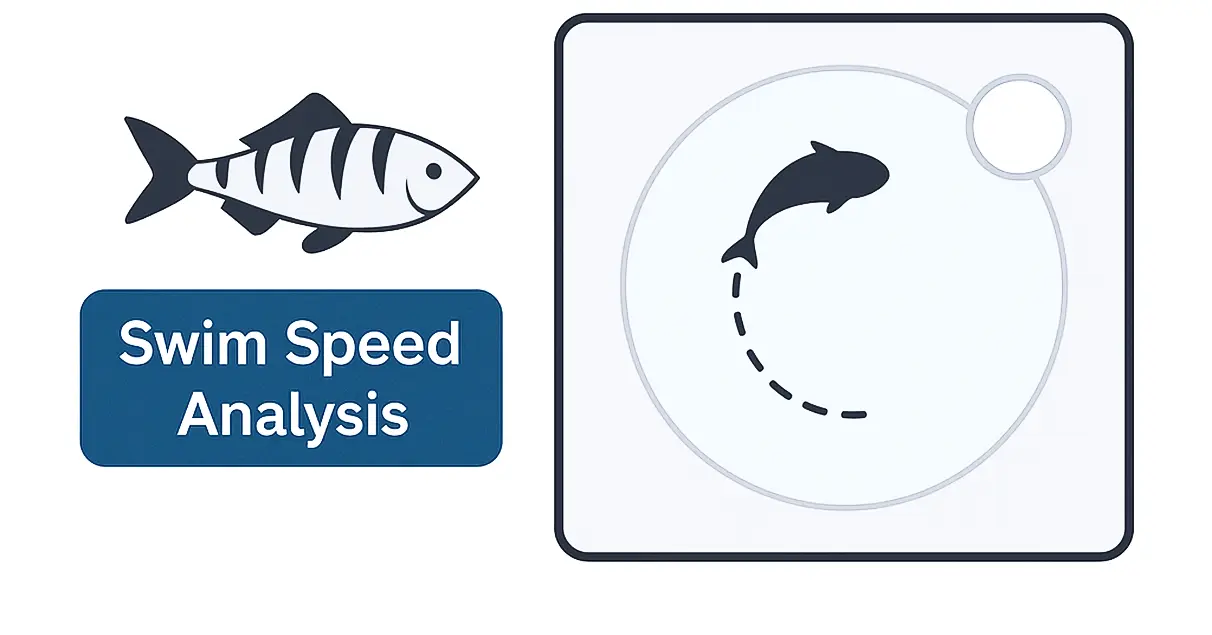

The Light/Dark Box Test is a widely used behavioral assay for evaluating anxiety-like behavior in rodents. Based on the natural conflict between a rodent’s innate aversion to brightly lit open spaces and its exploratory drive, the test offers a simple yet powerful measure of anxiety modulation. Among its primary metrics, Time Spent in the Light Side (TSLS) is perhaps the most direct and sensitive readout of exploratory anxiety.
At Conduct Science, we emphasize TSLS as a quantifiable, reproducible, and pharmacologically validated parameter in both basic neuroscience and preclinical drug development studies.
TSLS is the cumulative amount of time (typically measured in seconds) a rodent remains in the illuminated compartment of the Light/Dark Box during a testing session. A standard session lasts 5–10 minutes, during which the subject is free to move between the two compartments—one brightly lit and the other dark and enclosed.
Rodents generally prefer the dark side due to its perceived safety, but exploratory tendencies may drive them into the light side intermittently. The longer an animal spends in the light side, the lower its anxiety level is presumed to be.
TSLS is a well-established index for pharmacological testing. Anxiolytic compounds (e.g., benzodiazepines, SSRIs) reliably increase TSLS, while anxiogenic treatments (e.g., yohimbine, caffeine) decrease it (Bourin & Hascoët, 2003). This makes it a critical endpoint in drug screening pipelines.
Because the Light/Dark conflict is based on ethologically conserved behavior, TSLS requires no prior training and is highly reproducible across labs and strains. This simplicity is a major advantage in early-stage behavioral phenotyping or transgenic mouse characterization.
While other anxiety tests (e.g., elevated plus maze) rely on similar avoidance behaviors, TSLS offers a more stable and less height-related metric, reducing confounds like balance or motor deficits.
Environmental enrichment, early life stress, and maternal separation paradigms all modulate TSLS, making it a useful tool for studying the long-term behavioral effects of life history (Crawley & Goodwin, 1980).
Our Light/Dark Box system is engineered for maximum behavioral contrast and data accuracy:
By pairing with advanced video analysis software, researchers can:
TSLS serves as a robust behavioral endpoint for assessing anxiolytic efficacy. For instance, diazepam-treated rodents typically show significantly longer light-side durations, validating the test’s predictive validity (Bourin & Hascoët, 2003).
Rodents with genetic modifications in serotonin, dopamine, or GABAergic signaling pathways often display altered TSLS. Increased light-side time may reflect reduced anxiety-like behavior or altered risk assessment.
Chronic mild stress, social defeat, or maternal separation models often result in reduced TSLS, mimicking anxiety-like behavior relevant to human psychopathologies. The Light/Dark Box is frequently used in conjunction with elevated plus maze or open field tests to build a behavioral anxiety profile.
TSLS can reveal age-related differences in anxiety expression, with younger rodents typically displaying higher exploratory drive and longer light-side times than older cohorts.
Time Spent in the Light Side is an essential, low-variance measure of anxiety-like behavior in rodent models. Its clarity, reproducibility, and pharmacological responsiveness make it an ideal endpoint for behavioral neuroscience.
With Conduct Science’s Light/Dark Box system and integrated tracking tools, researchers can obtain reliable TSLS data with high throughput and minimal variability. Whether you’re screening new compounds or dissecting behavioral phenotypes, TSLS provides a direct line into the core of rodent emotional behavior.
Crawley, J., & Goodwin, F. K. (1980). Preliminary report of a simple animal behavior model for the anxiolytic effects of benzodiazepines. Pharmacology Biochemistry and Behavior, 13(2), 167–170. https://doi.org/10.1016/0091-3057(80)90067-2
Bourin, M., & Hascoët, M. (2003). The mouse light/dark box test. European Journal of Pharmacology, 463(1–3), 55–65. https://doi.org/10.1016/S0014-2999(03)01274-3











Dr Louise Corscadden acts as Conduct Science’s Director of Science and Development and Academic Technology Transfer. Her background is in genetics, microbiology, neuroscience, and climate chemistry.
